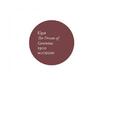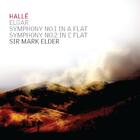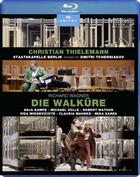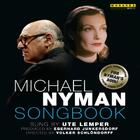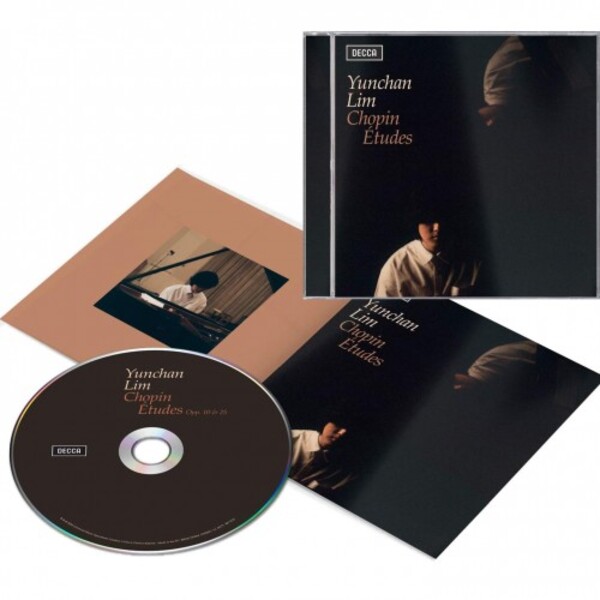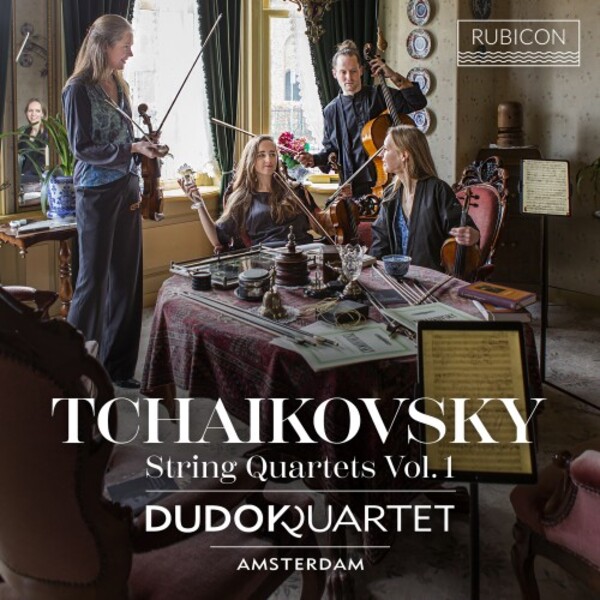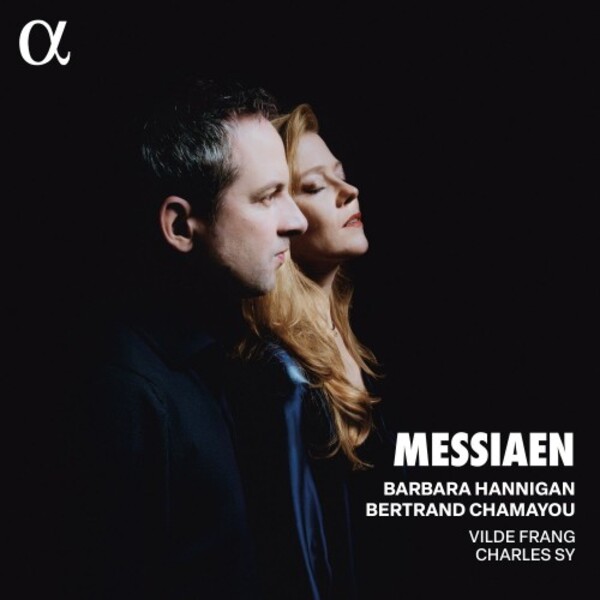
The Europadisc Review
Messiaen - Chants de Terre et de Ciel, Poèmes pour Mi
Barbara Hannigan (soprano), Bertrand Chamayou (piano), Vilde Frang (violin), Charle...
£12.49
Ever since her first recording for Alpha Classics, ‘Crazy Girl Crazy’ back in 2017, Canadian soprano Barbara Hannigan has consistently impressed us with the sheer range of her artistry, in music ranging from Haydn to contemporary works, in intimate as well as larger-scale settings, as singer as well as conductor. Her newest disc for the label is devoted to a single composer, Olivier Messiaen, and contains two of his three song-cycles for solo voice, Poèmes pour Mi of 1936–37 and Chants de Terre et de Ciel (1938). Unlike the still later Harawi (... read more
Ever since her first recording for Alpha Classics, ‘Crazy Girl Crazy’ back in 2017, Canadian soprano Barbara Hannigan has consistently impressed us with the sheer range of her artistry, in music rangi... read more
Messiaen - Chants de Terre et de Ciel, Poèmes pour Mi

Barbara Hannigan (soprano), Bertrand Chamayou (piano), Vilde Frang (violin), Charles Sy (tenor)
The Spin Doctor Europadisc's Weekly Column

New Baroque and Classical Jewels 22nd May 2024
22nd May 2024
Our thanks to all those who have responded to our recent pieces about the problems currently facing the arts – and classical music in particular – during a period of unprecedented uncertainty. Some of you felt that we were being unduly pessimistic, and in some areas of local musicmaking there is certainly cause for celebration. Others thought that the blame for any long-term disconnect between classical music and wider audiences lay squarely at the door of musical modernism: a subject that is close to our hearts and to which we hope to turn in the near future.
Yet virtually all respondents felt that education lay at the heart of the matter, and particularly the access of all children – whatever their circumstances and background – to high-quality musical education and tuition. Many of you recalled your own formative exposure to music, and such opportunities are... read more
 FREE UK SHIPPING OVER £30!
FREE UK SHIPPING OVER £30!





